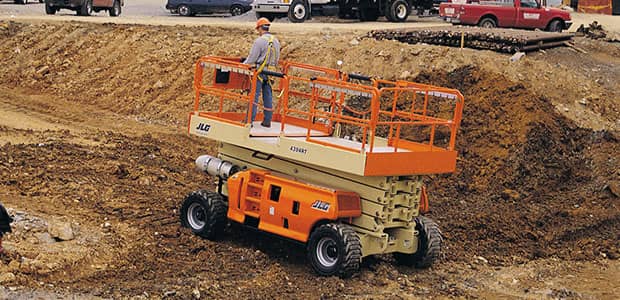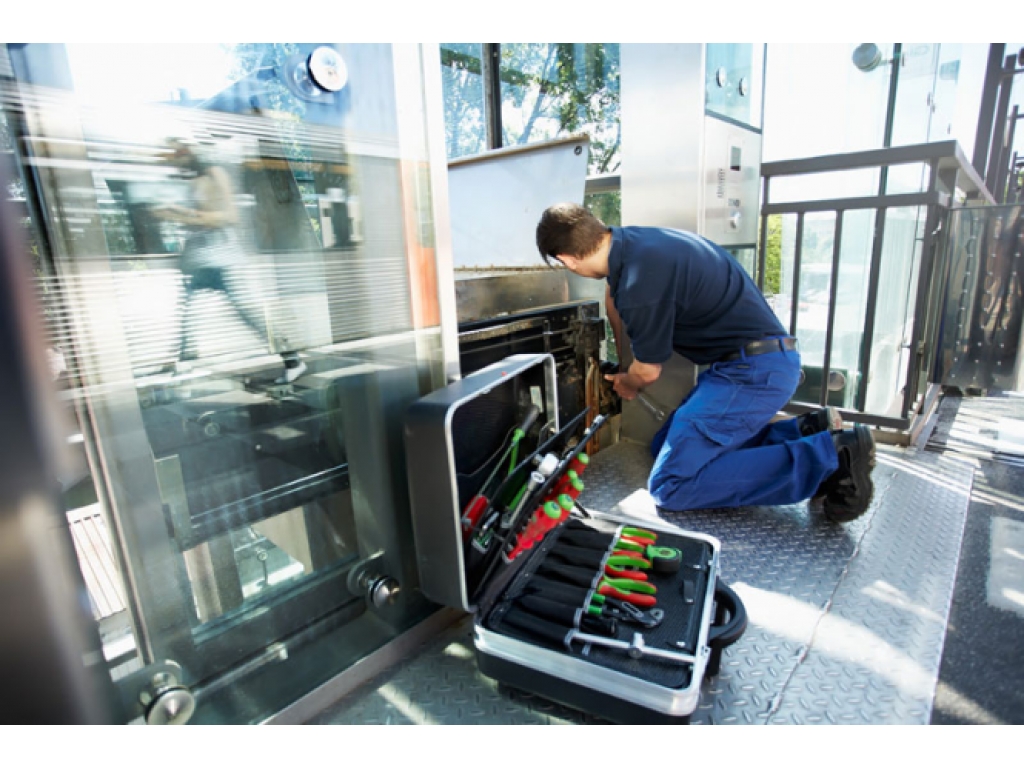Professional Lift Engineer Course: Training for Top Lift Repair Companies Near Me
Professional Lift Engineer Course: Training for Top Lift Repair Companies Near Me
Blog Article
Comprehensive Guide to Lift Equipments and Their Maintenance
Browsing the detailed globe of lift systems and their maintenance is a task that requires accuracy and knowledge. From the numerous kinds of lift systems being used to the meticulous adherence to safety and security guidelines, the maintenance of these upright transport tools is a complex venture. As structures rise greater and modern technology advancements, the requirement for a detailed understanding of elevator systems comes to be progressively important. Join us as we untangle the complexities of elevator maintenance, exploring common problems, best techniques, and advanced modern technologies that shape the modern landscape of vertical transport.
Kinds Of Elevator Solutions
The most common types include hydraulic elevators, traction lifts, machine-room-less lifts, and vacuum cleaner lifts. Hydraulic lifts are excellent for low-rise structures and make use of a hydraulic piston to relocate the lift auto. Machine-room-less lifts are a space-saving alternative as they do not call for a different maker space for the elevator equipment.
Each sort of lift system has its own advantages and drawbacks, making it important for building owners and programmers to carefully consider their details demands prior to choosing the most suitable alternative. Aspects such as developing height, space availability, power effectiveness, and budget plan constraints all play a substantial duty in figuring out the ideal elevator system for a particular building.
Usual Upkeep Issues
Regular maintenance of elevator systems is vital to make certain smooth procedure and extend their life expectancy. Regardless of routine upkeep, elevator systems can still come across typical maintenance problems that need to be promptly addressed to prevent disturbances in service. Normal inspections and positive upkeep can help recognize and resolve these typical upkeep problems before they escalate and influence the general performance of the elevator system.
Safety And Security Regulations and Conformity
Sticking to strict safety regulations and making certain conformity with market standards are extremely important for preserving the operational honesty of lift systems. Elevators undergo a detailed set of safety laws to safeguard guests, upkeep personnel, and the public. Regulative bodies such as the Occupational Safety And Security and Health And Wellness Administration (OSHA) in the USA and the European Lift Association (ELA) in Europe develop guidelines that cover numerous elements of lift style, operation, installment, and maintenance.
Compliance with these laws is not only a lawful requirement yet also an ethical obligation for structure proprietors and elevator maintenance firms. Failing to fulfill security criteria can lead to penalties, lawful obligations, and, most importantly, jeopardize the safety of people using the elevator. like it Normal evaluations, upkeep checks, and adherence to security protocols detailed in the laws are important to guarantee the effective and secure procedure of elevator systems. By focusing on safety and security regulations and compliance, stakeholders can maintain the trust of the public and reduce potential dangers related to lift usage.
Finest Practices for Upkeep

Structure owners need to likewise think about spending in modernization upgrades to boost the effectiveness and safety of their lift systems. By complying with these best techniques, elevator systems can run smoothly and official statement securely, supplying dependable upright transportation for residents.

Advanced Technologies for Effectiveness
Carrying out innovative technologies in lift systems can significantly enhance functional effectiveness and passenger experience. These systems permit travelers to input their desired floor prior to going into the lift, which then guides them to the most reliable automobile.
Additionally, the combination of clever sensing units and predictive upkeep capacities has reinvented elevator maintenance. These sensors can find potential concerns before they rise, allowing aggressive maintenance treatments and reducing downtime. In addition, the use of regenerative drives and energy-efficient components helps in reducing power consumption and operating costs in lift systems.
Furthermore, the application of cloud-based surveillance and remote diagnostics enables real-time monitoring of lift performance and instant troubleshooting of any kind of malfunctions. This positive strategy not only enhances system integrity but likewise boosts the overall individual experience by making certain undisturbed and smooth lift operations.
Conclusion
Finally, comprehending the different sorts of lift systems, usual upkeep issues, safety policies, finest maintenance techniques, and progressed technologies for efficiency is vital for original site making certain the smooth procedure of lifts. By adhering to safety regulations and executing finest methods for upkeep, building owners can extend the life expectancy of their elevator systems and guarantee the security of travelers. It is necessary to remain updated on the current innovations in lift modern technology to boost performance and integrity.
The most typical kinds include hydraulic elevators, traction lifts, machine-room-less lifts, and vacuum cleaner lifts. Hydraulic elevators are optimal for low-rise structures and utilize a hydraulic piston to move the elevator vehicle. Machine-room-less elevators are a space-saving option as they do not call for a different maker space for the elevator equipment. Normal examinations and aggressive upkeep can assist determine and deal with these common upkeep issues prior to they rise and influence the total efficiency of the elevator system.

Report this page